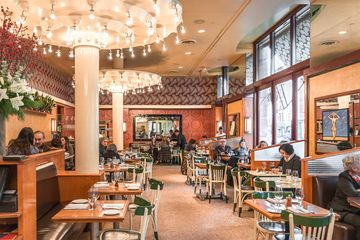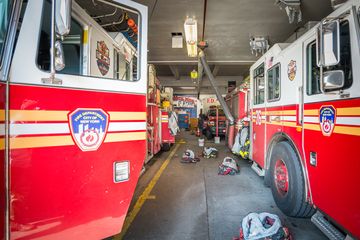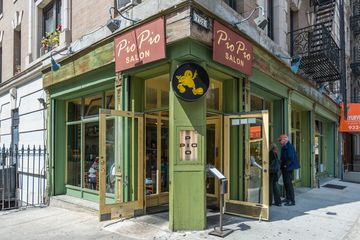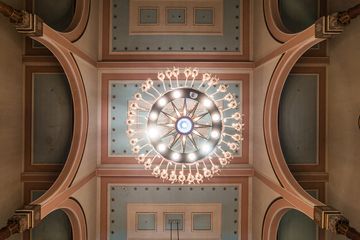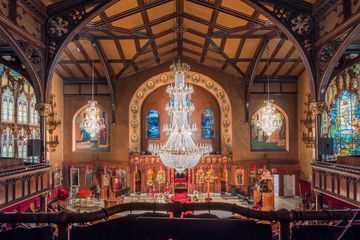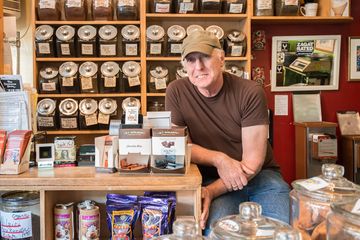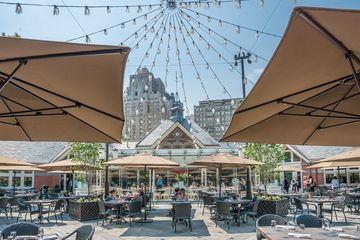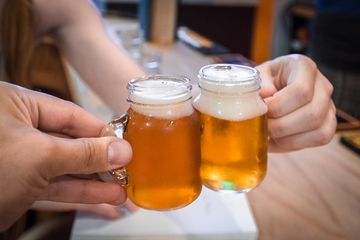When I visited Tip Top Shoes in the summer of 2015, the store was celebrating its seventy-fifth anniversary. Danny Wasserman proudly showed me the most recent edition of Footwear News, which was essentially dedicated to Tip Top. There were messages from countless sponsors in the shoe world, congratulating the Wasserman family for their longevity. Sitting down with Danny and his children, Lester and Margot, who are in charge of West NYC and Tip Top Kids respectively was an absolute pleasure. Having grown up just a block away, Lester and Margot were immersed in the business even as toddlers. In high school, both began working at the store with their dad. Lester was immediately drawn into the world of shoes, learning as much as he could with the ultimate goal of opening his own sneaker shop, West NYC, a few doors down. Lester explained to me that Tip Top already sold sporty designer men's shoes, but that he expanded this concept into a trendier store in 2007. Margot, on the other hand, knew that she wanted to work in retail, but began her career with Ralph Lauren. She stayed there through the dot-com revolution and then returned to work for her father. Included in the copy of Footwear News was a picture of how the store looked decades ago. Display cases took up the first few feet on either side of the door. Danny's grandfather originally opened the store after coming to the United States from Israel. He chose to buy the little shoe shop, which had been uptown in Riverdale, from an elderly German couple. The family then moved the store to 72nd Street. "Things were very different, " Danny explained to me. "People were less affluent, there were fewer options, and every shoe in the store was in the window. " He told me that at one point there were two black shoes and two brown shoes for men, and that was what customers had to choose from. Expanding on the neighborhood's history, Danny said that the street was frequented by pimps. "We had white boots with fur at the time that we couldn't keep in stock. "Later, the store was expanded both forward (eliminating the window displays) and back. Today, Tip Top continues to have a loyal following, many from the next generation of shoppers. Having walked so many streets in Manhattan, Tip Top has been a wonderful reminder to me that the old world concept of customer service, with a warm staff who have been working with the Wassermans for years, still exists. This thinking was solidified when I asked the family why they never considered expanding to another location. The response from Danny simply stated that they never wanted to spread themselves too thin. "The reason for our success is because we're all here. "It was really touching to see how strong the glue is that holds the Wasserman family together. I was not surprised when I learned that Lester, Margot and their parents live in the same building, a block over on 72nd Street - but on different floors. Yes, Tip Top has been an incredible success story in the world of mom and pop stores, but not everyone has had the great fortune of such a beautiful family relationship. When I expressed this sentiment to Danny, he replied, "Everyone says how fortunate I am to have my kids, and they're right. " He then went on to say with a warm smile, "I mean, my son chooses to work with me six days a week. " Lester shook his head in agreement and responded, "And I am lucky to have the best possible teacher to educate me. "
